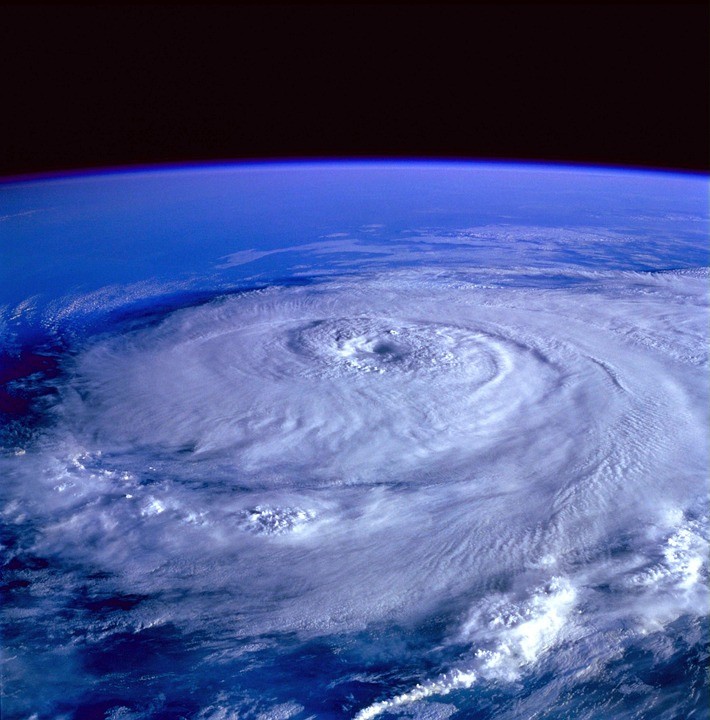
The 2020 hurricane season is expected to be above-average, with 19 named storms, six of them being major hurricanes in the Atlantic Coast.
Earlier this year, the National Oceanic and Atmospheric Administration announced that for this hurricane season, 13 to 19 storms are expected to be formed.
Included in the number are tropical storms that have a wind speed of 39 mph or higher. Six to 10 of these storms will likely develop into a hurricane with wind speeds of 74 mph or higher. From the six to 10 predicted hurricanes, three to six are expected to have packing wind speeds of 111 mph or higher.
As early as April this year, the Colorado State University, or CSU, made a forecast, announcing that there may be 16 named tropical storms, and six of which will become hurricanes as early as April of this year.
Last year, the forecast was nine to 15 tropical storms, and four to eight were expected to become hurricanes. Instead, 18 storms developed, six of which became hurricanes. Dorian, the worst storm of them all ravaged the Bahamas.
READ: Mississippi Delta Marshes May Soon Be Gone Due to Climate Change
The past four years have also been riddled with above-normal activity. If the predictions were true, this is the fifth year of above-normal storm activity beating the above-normal streak from 1998 to 2001.
Hurricane season starts on June 1 and ends on November 30. A hurricane season which peaks in August and September typically has 12 named storms, six of which are hurricanes, and three of them major hurricanes.
The hurricane season started a bit early as Tropical Storm Arthur brought rain and winds in North Carolina on Monday.
Active Season
This year's active season is brought about by a lack of El Nino and the unusual high seawater temperature in the Atlantic Ocean. NOAA cites reduced vertical wind shear, weaker tropical Atlantic trade winds, and enhanced west African monsoon contributed to this year's above-average hurricane season.
WATCH THIS VIDEO: Snow Turns Green in Antarctica and Climate Change is the Culprit
El Nino, the phenomenon of natural warming of waters of the tropical Pacific Ocean, tends to prevent the development of Atlantic hurricanes. In contrast, La Nina, which cools the ocean, increases hurricanes in the Atlantic. El Nino, according to Meteorologist Phil Klotzbach of CSU, the lack of El Nino this summer and fall is one of the reasons why CSU had above-average forecast. El Nino tears apart hurricanes as it increases vertical wind shear in the Atlantic, Klotzbach added.
Disaster in the time of coronavirus
The hurricane season comes at the time when New York City and Long Island is preparing for reopening after months of isolation from statewide stay-at-home order to prevent the spread of coronavirus.
With the looming above-average forecasts for storms and hurricanes, Secretary of Commerce Wilbur Ross emphasized the importance of making the necessary preparations for the upcoming hurricane season.
READ NEXT: Aridification and Climate Change in North America
Carlos Castillo, the Federal Emergency Management Agency representative, said that social distancing and other CDC guidelines brought about by the pandemic had made hurricane preparedness complicated. With a looming tornado season coming, Castillo said it is time to revise and adjust emergency plans now.
© 2025 NatureWorldNews.com All rights reserved. Do not reproduce without permission.





